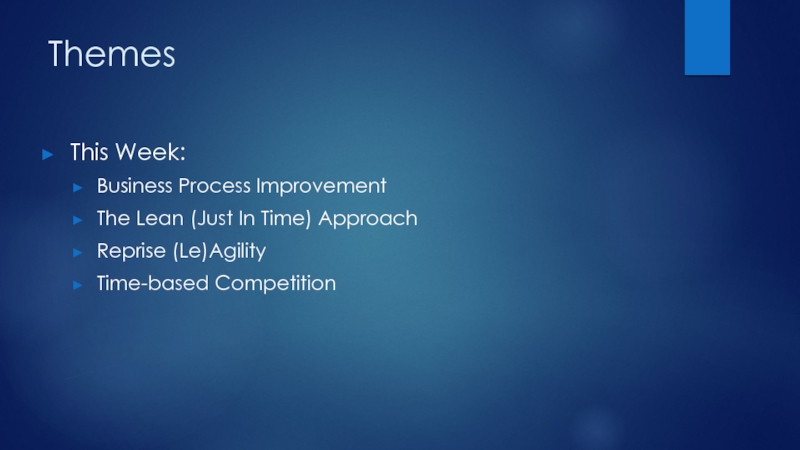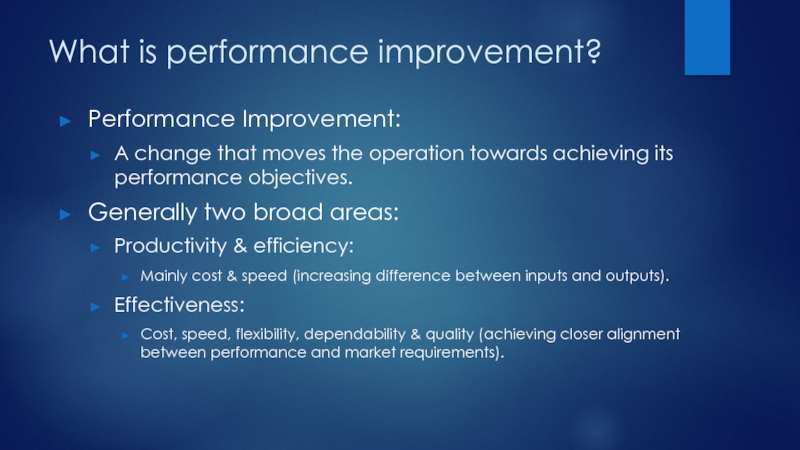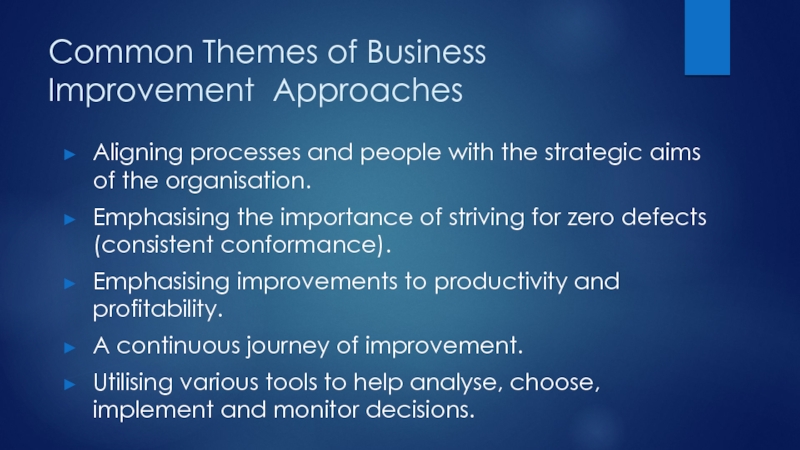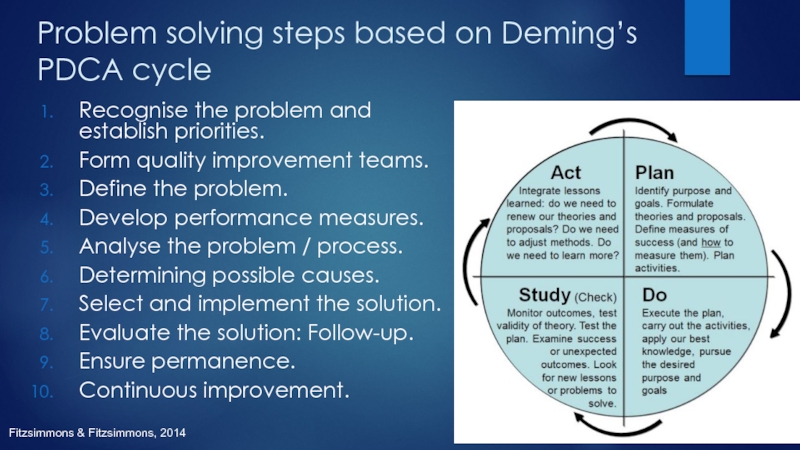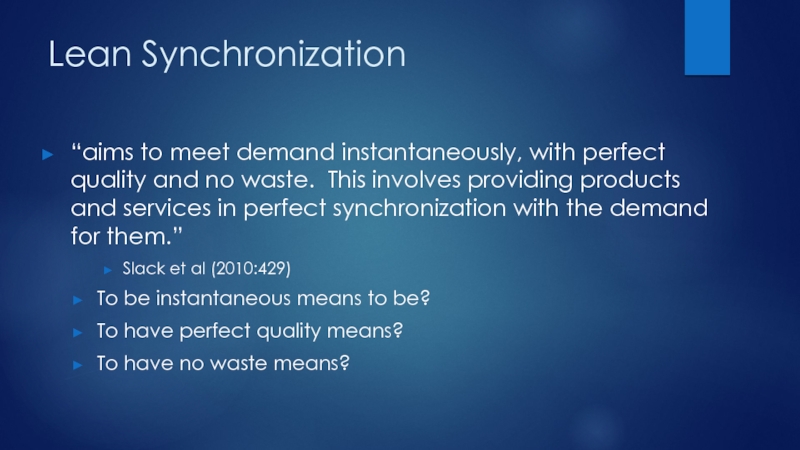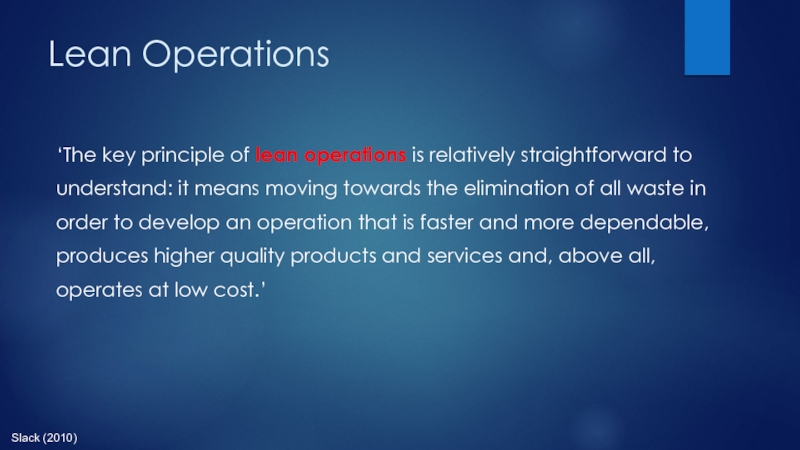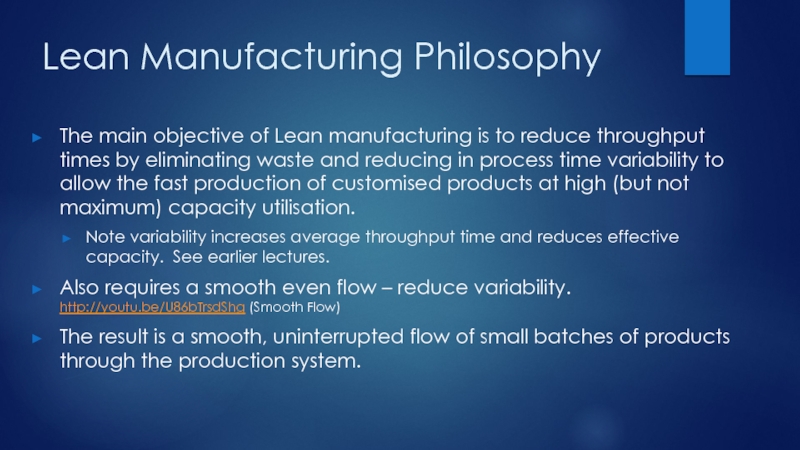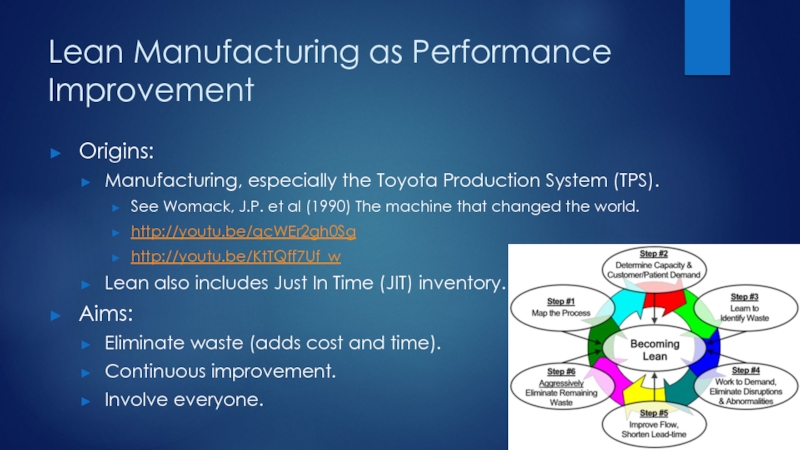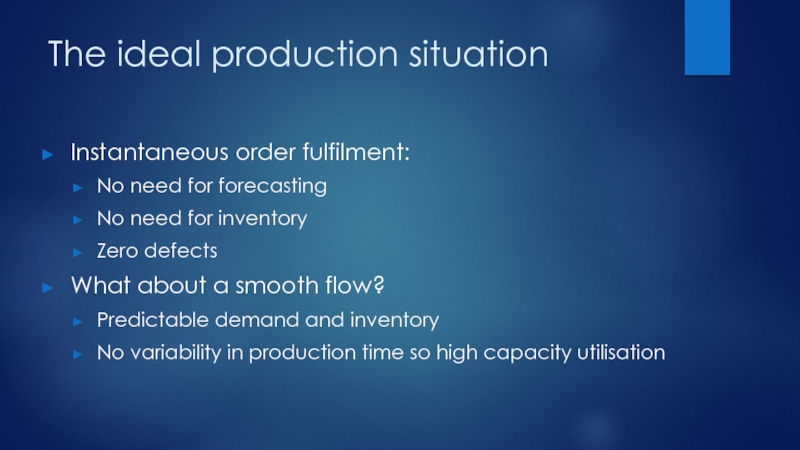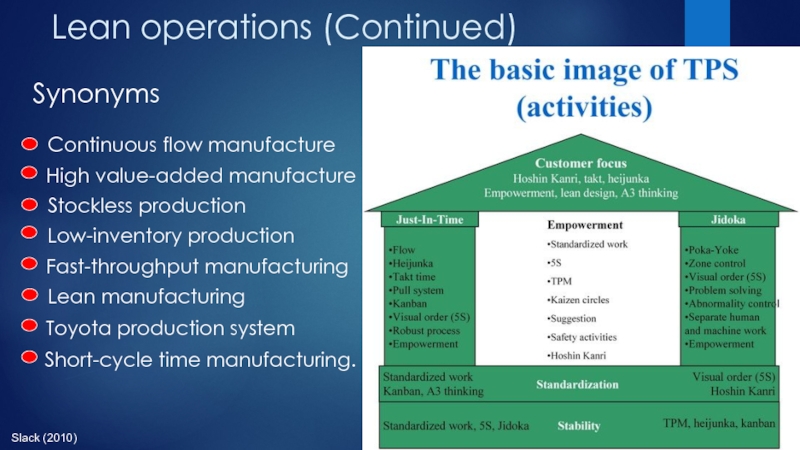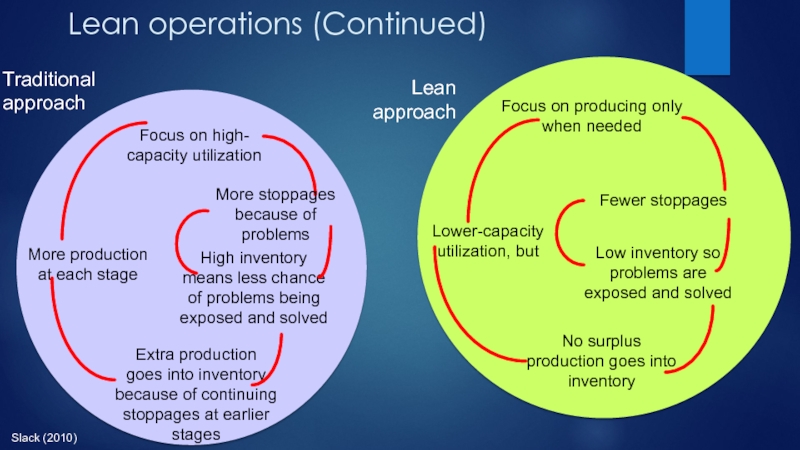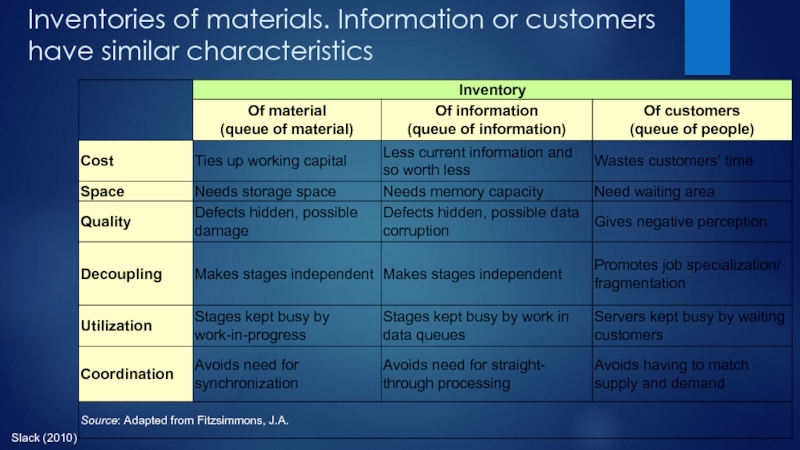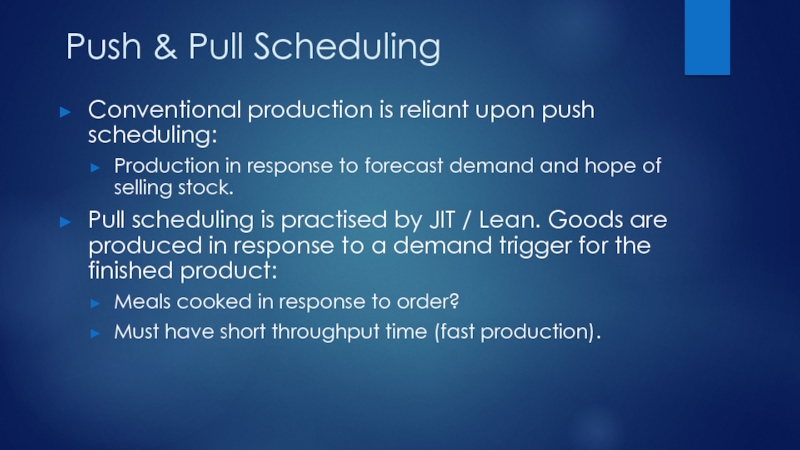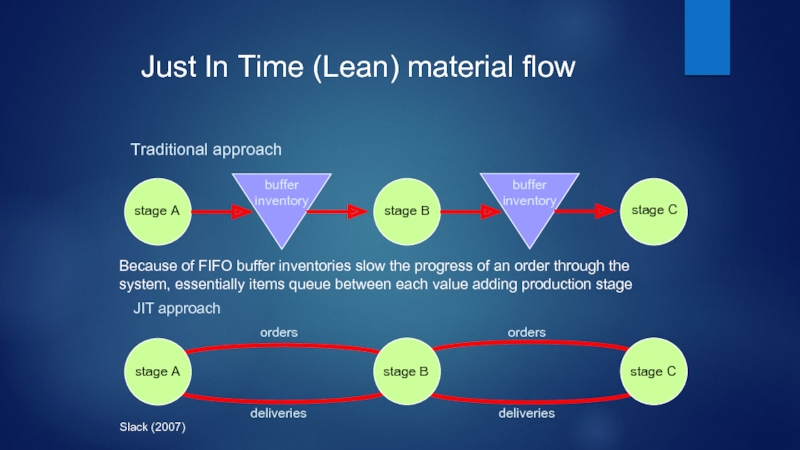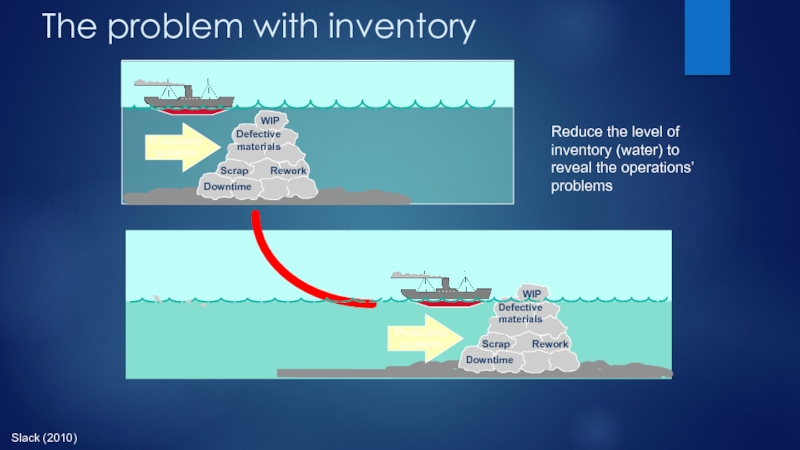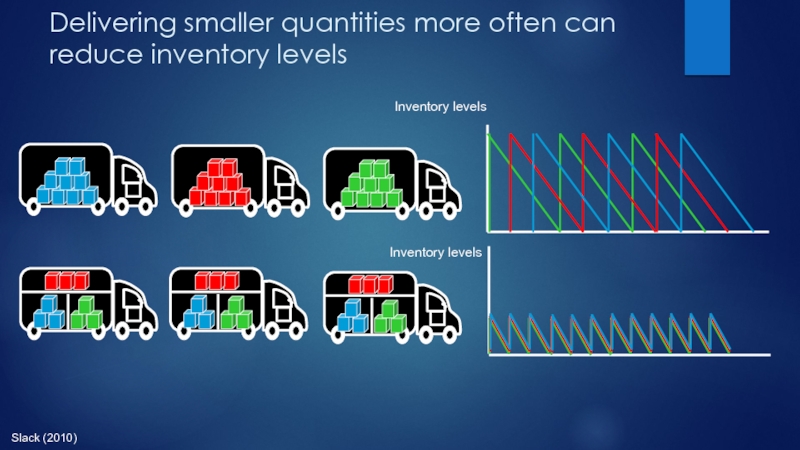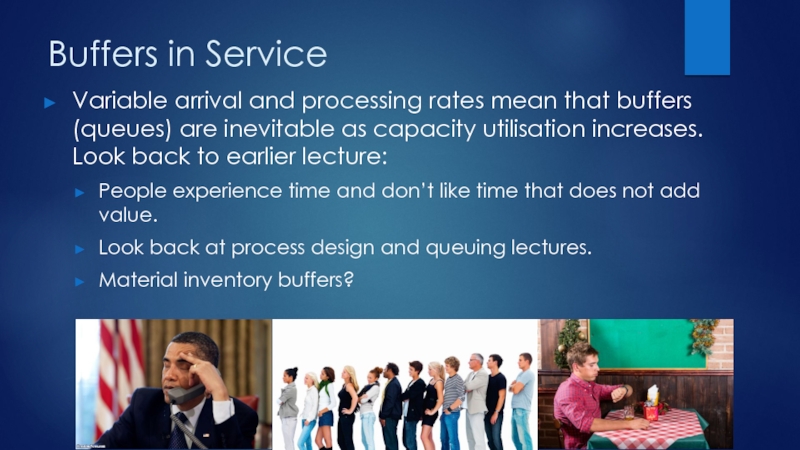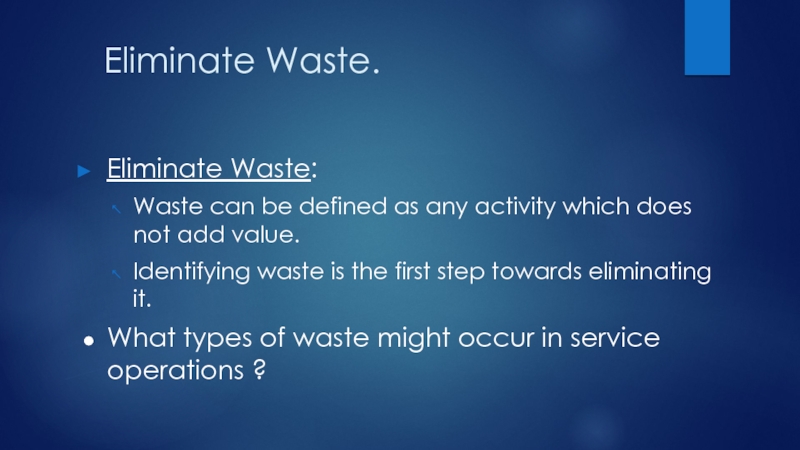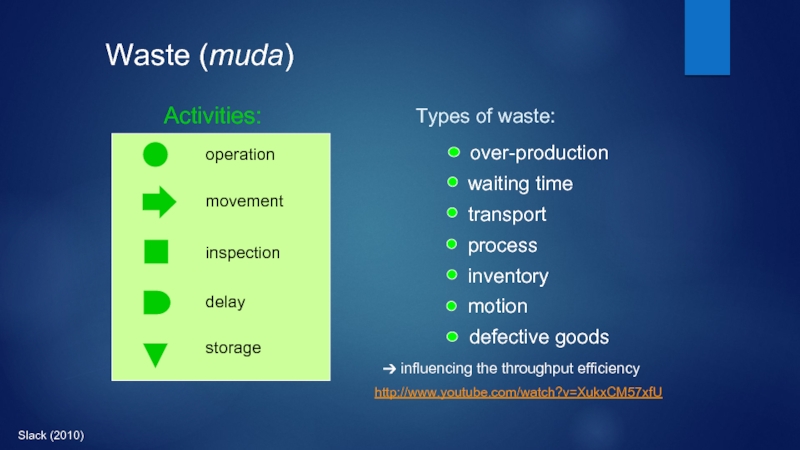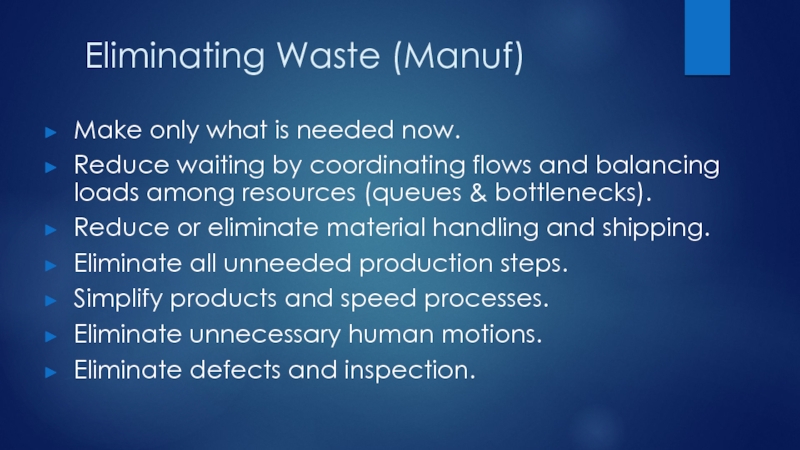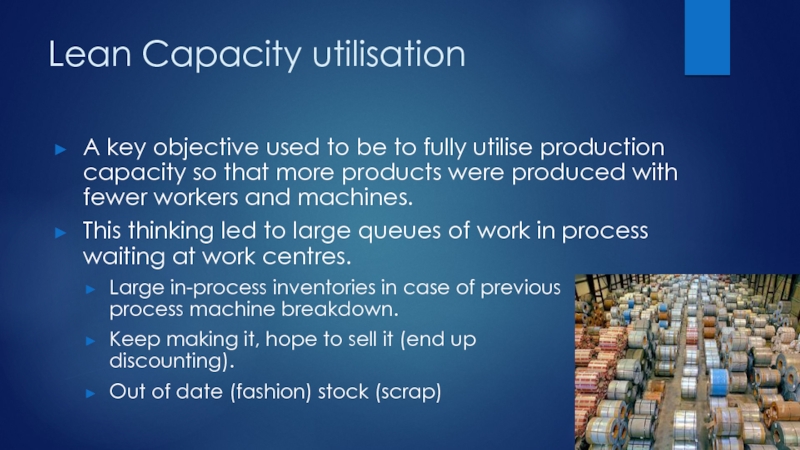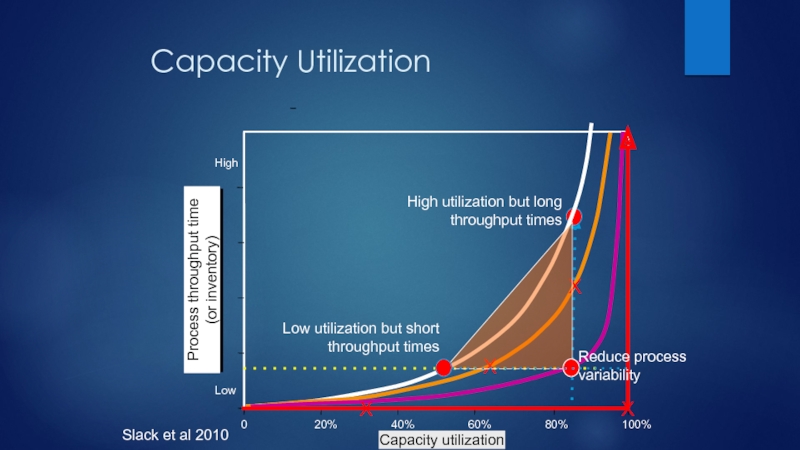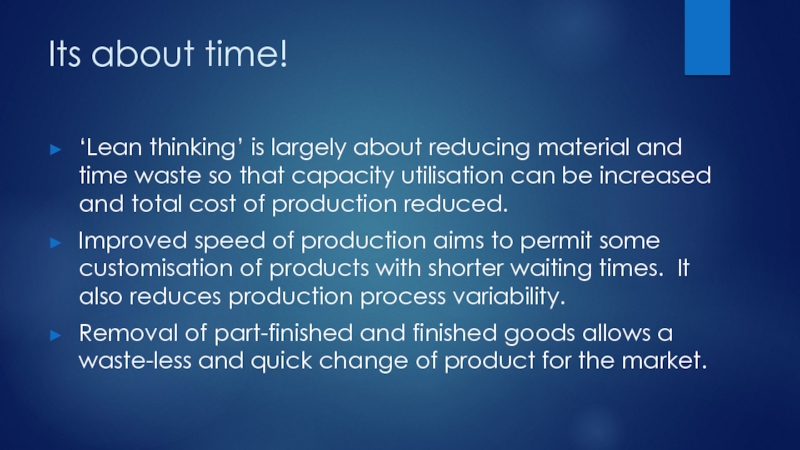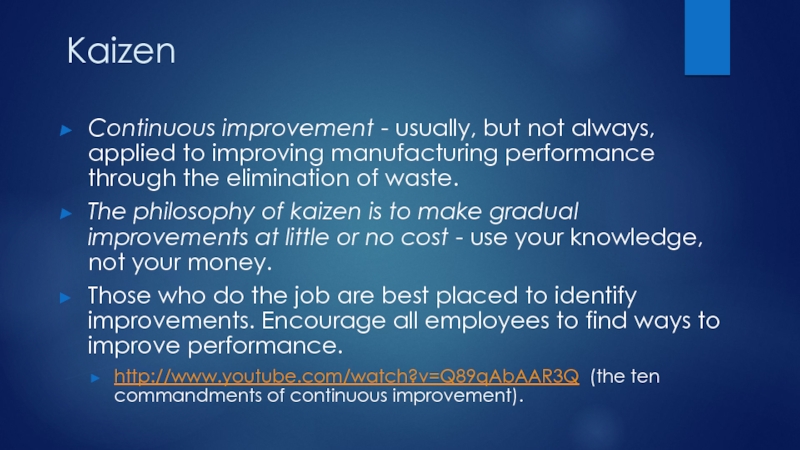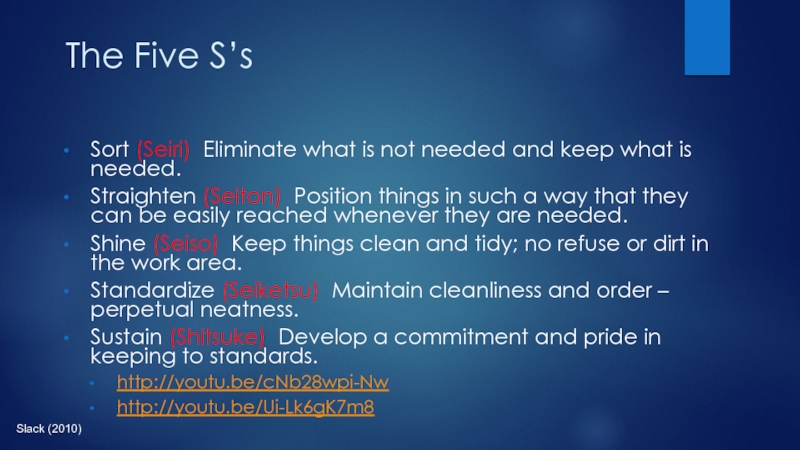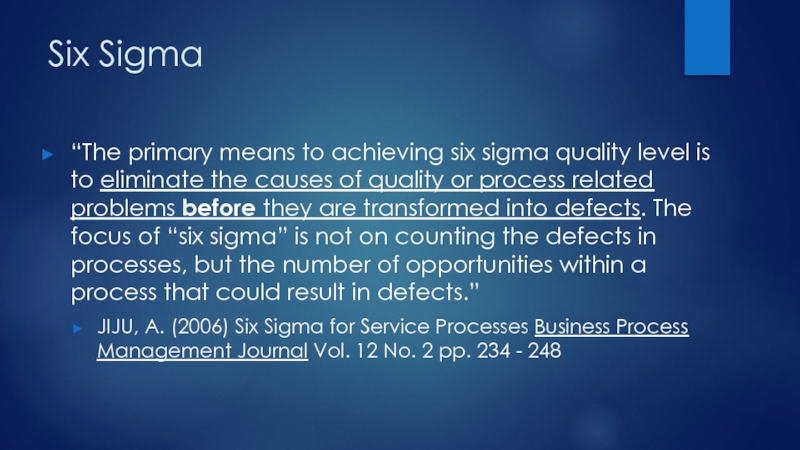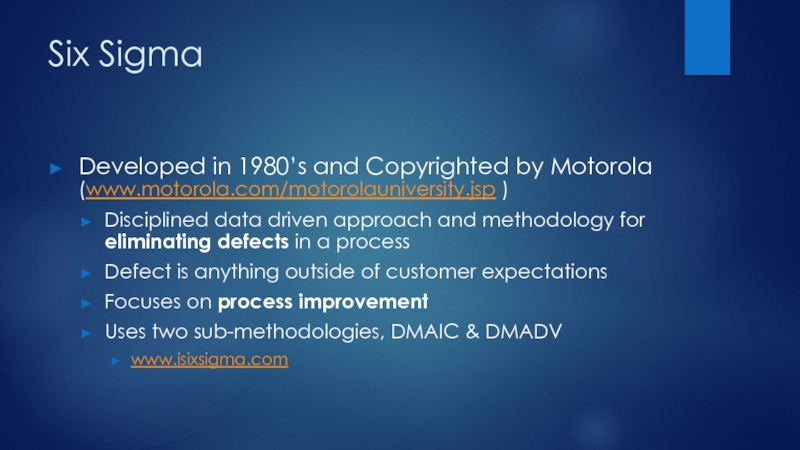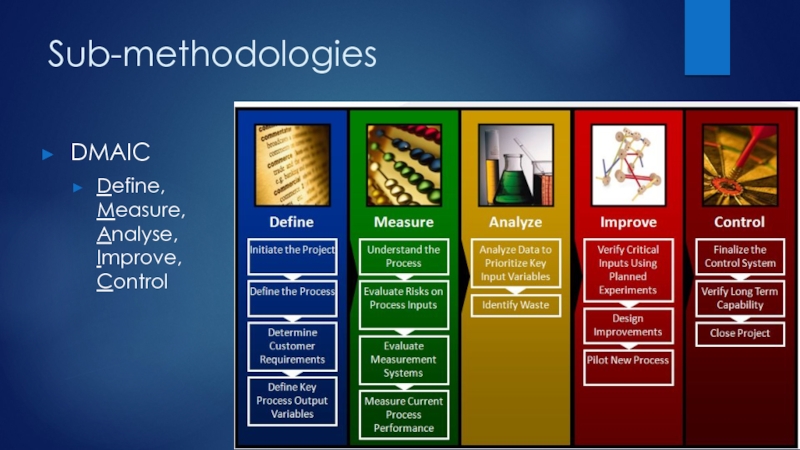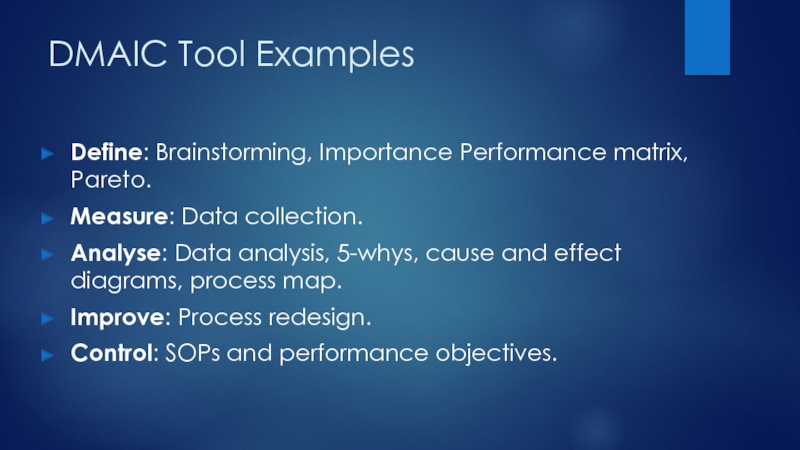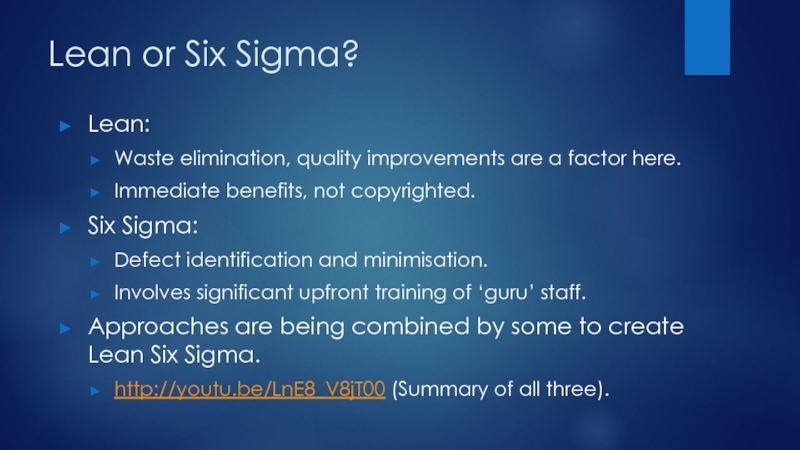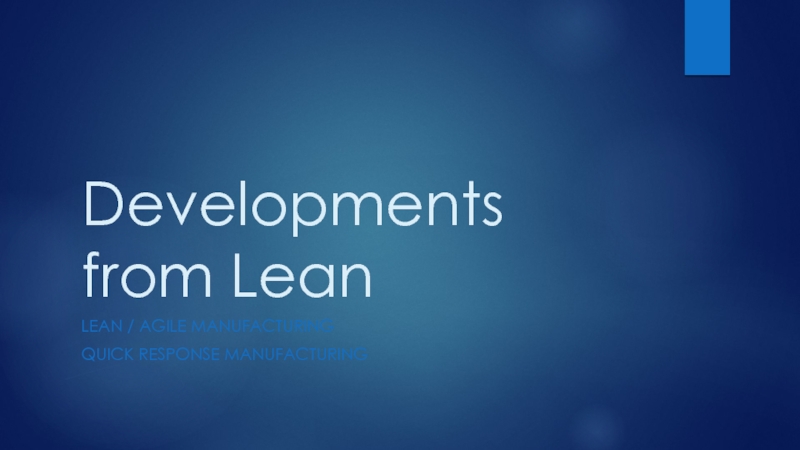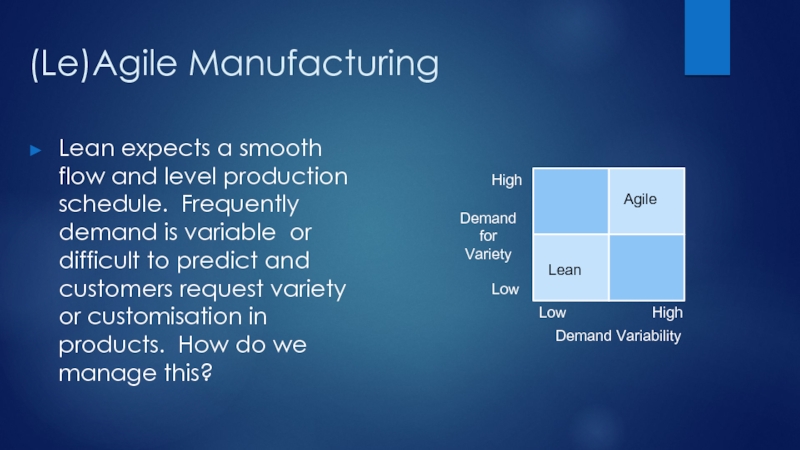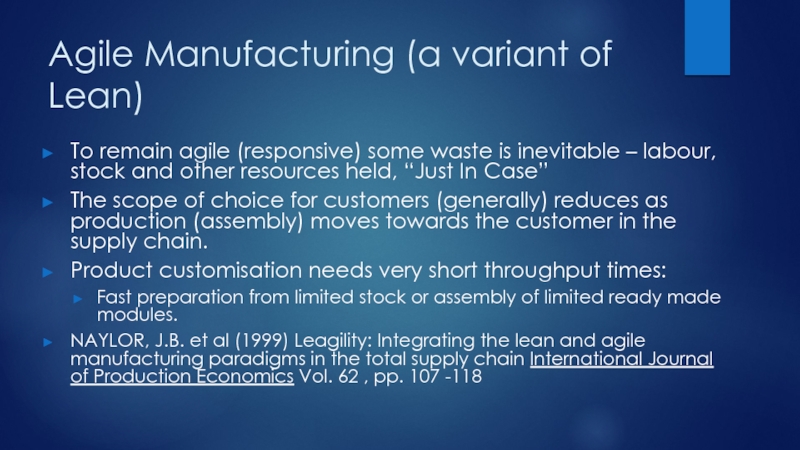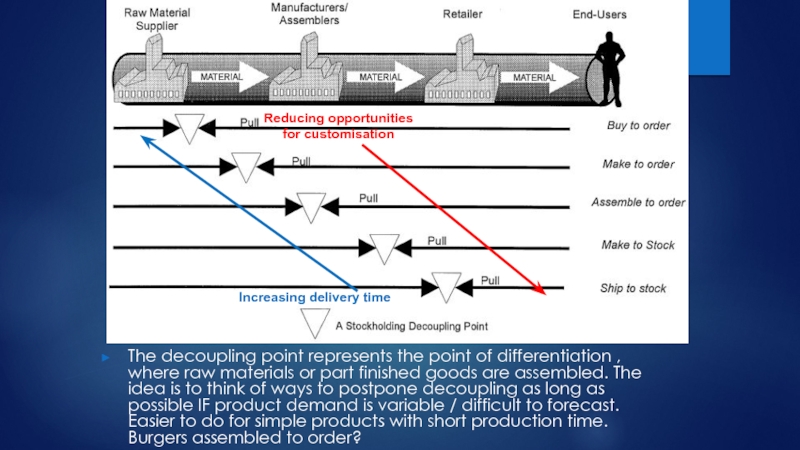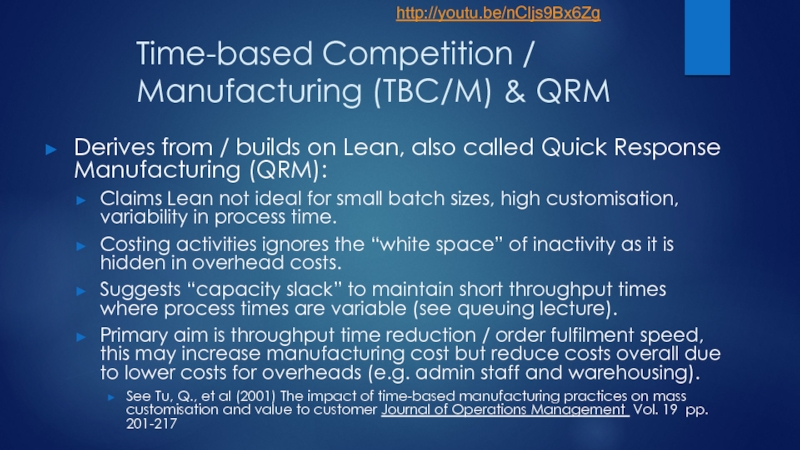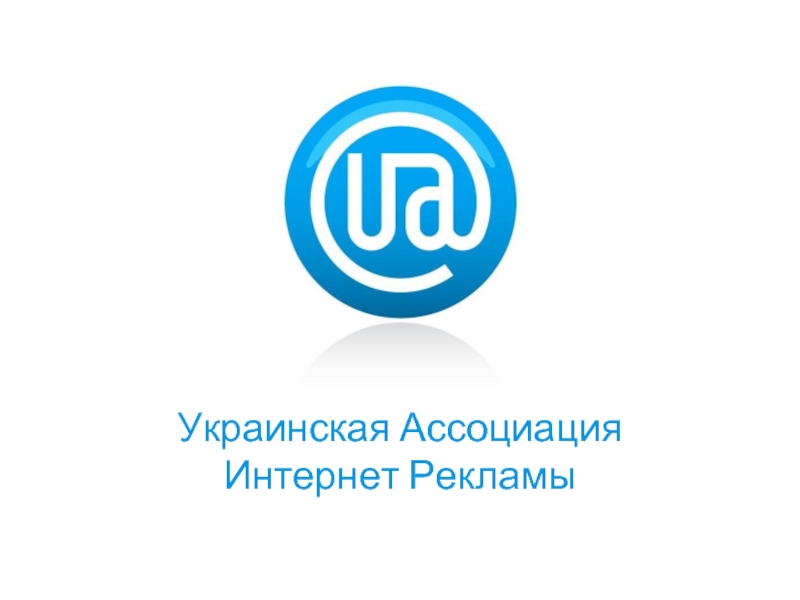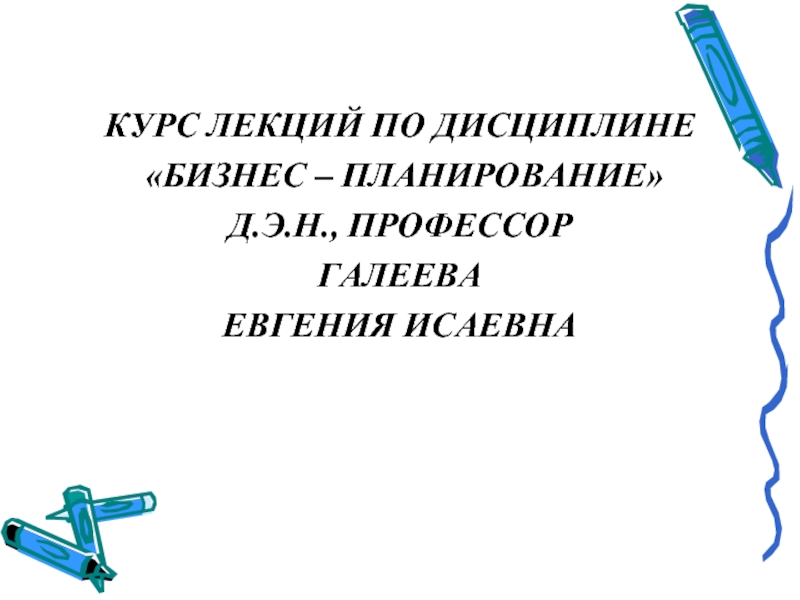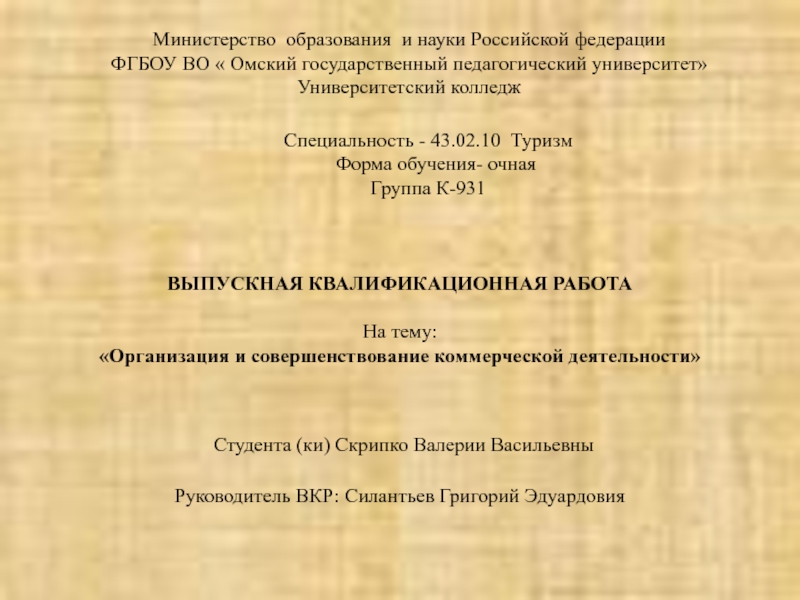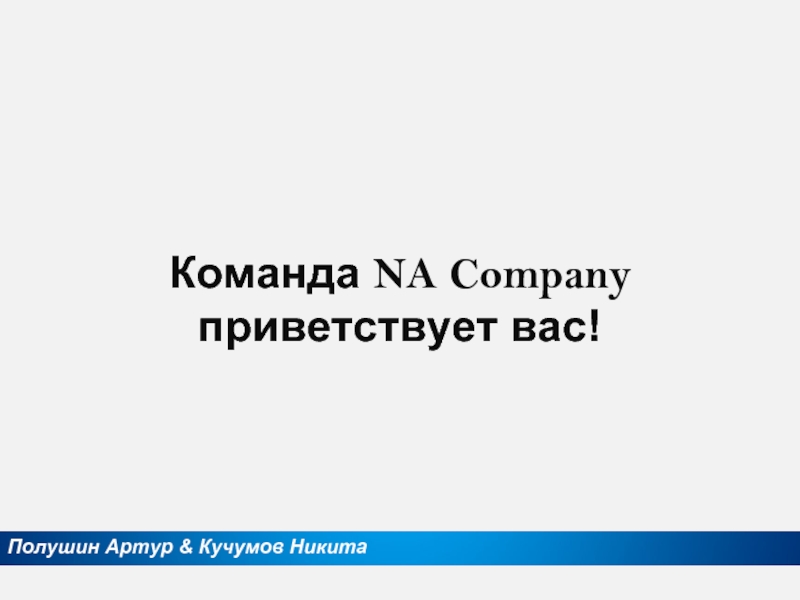- Главная
- Разное
- Дизайн
- Бизнес и предпринимательство
- Аналитика
- Образование
- Развлечения
- Красота и здоровье
- Финансы
- Государство
- Путешествия
- Спорт
- Недвижимость
- Армия
- Графика
- Культурология
- Еда и кулинария
- Лингвистика
- Английский язык
- Астрономия
- Алгебра
- Биология
- География
- Детские презентации
- Информатика
- История
- Литература
- Маркетинг
- Математика
- Медицина
- Менеджмент
- Музыка
- МХК
- Немецкий язык
- ОБЖ
- Обществознание
- Окружающий мир
- Педагогика
- Русский язык
- Технология
- Физика
- Философия
- Химия
- Шаблоны, картинки для презентаций
- Экология
- Экономика
- Юриспруденция
Application of Lean principles to improve performance презентация
Содержание
- 1. Application of Lean principles to improve performance
- 2. Themes This Week: Business Process Improvement The
- 3. What is performance improvement? Performance Improvement: A
- 4. Common Themes of Business Improvement Approaches Aligning
- 5. Problem solving steps based on Deming’s PDCA
- 6. Lean Synchronization “aims to meet demand instantaneously,
- 7. ‘The key principle of lean operations is
- 8. Lean Manufacturing Philosophy The main objective of
- 9. Lean Manufacturing as Performance Improvement Origins: Manufacturing,
- 10. The ideal production situation Instantaneous order fulfilment:
- 11. Synonyms Lean operations (Continued) Slack (2010)
- 12. Focus on producing only when needed
- 13. Inventories of materials. Information or customers have similar characteristics Slack (2010)
- 14. Push & Pull Scheduling Conventional production is
- 15. Traditional approach JIT approach Just In Time
- 17. Delivering smaller quantities more often can reduce inventory levels Slack (2010)
- 18. Buffers in Service Variable arrival and processing
- 19. Eliminate Waste. Eliminate Waste: Waste can be
- 20. Activities: Waste (muda) influencing the
- 21. Eliminating Waste (Manuf) Make only what is
- 22. Lean Capacity utilisation A key objective used
- 23. 0 20% 40% 60% 80%
- 24. Its about time! ‘Lean thinking’ is largely
- 25. Kaizen Continuous improvement - usually, but not
- 26. Slack (2010) The Five S’s Sort
- 27. Six Sigma “The primary means to achieving
- 28. Six Sigma Developed in 1980’s and Copyrighted
- 29. Sub-methodologies DMAIC Define, Measure, Analyse, Improve, Control
- 30. DMAIC Tool Examples Define: Brainstorming, Importance Performance
- 31. Lean or Six Sigma? Lean: Waste elimination,
- 32. Developments from Lean LEAN / AGILE MANUFACTURING QUICK RESPONSE MANUFACTURING
- 33. (Le)Agile Manufacturing Lean expects a smooth flow
- 34. Agile Manufacturing (a variant of Lean) To
- 35. The decoupling point represents the point
- 36. Time-based Competition / Manufacturing (TBC/M) & QRM
Слайд 2Themes
This Week:
Business Process Improvement
The Lean (Just In Time) Approach
Reprise (Le)Agility
Time-based Competition
Слайд 3What is performance improvement?
Performance Improvement:
A change that moves the operation towards
Generally two broad areas:
Productivity & efficiency:
Mainly cost & speed (increasing difference between inputs and outputs).
Effectiveness:
Cost, speed, flexibility, dependability & quality (achieving closer alignment between performance and market requirements).
Слайд 4Common Themes of Business Improvement Approaches
Aligning processes and people with the
Emphasising the importance of striving for zero defects (consistent conformance).
Emphasising improvements to productivity and profitability.
A continuous journey of improvement.
Utilising various tools to help analyse, choose, implement and monitor decisions.
Слайд 5Problem solving steps based on Deming’s PDCA cycle
Recognise the problem and
Form quality improvement teams.
Define the problem.
Develop performance measures.
Analyse the problem / process.
Determining possible causes.
Select and implement the solution.
Evaluate the solution: Follow-up.
Ensure permanence.
Continuous improvement.
Fitzsimmons & Fitzsimmons, 2014
Слайд 6Lean Synchronization
“aims to meet demand instantaneously, with perfect quality and no
Slack et al (2010:429)
To be instantaneous means to be?
To have perfect quality means?
To have no waste means?
Слайд 7‘The key principle of lean operations is relatively straightforward to understand:
Slack (2010)
Lean Operations
Слайд 8Lean Manufacturing Philosophy
The main objective of Lean manufacturing is to reduce
Note variability increases average throughput time and reduces effective capacity. See earlier lectures.
Also requires a smooth even flow – reduce variability. http://youtu.be/U86bTrsdShg (Smooth Flow)
The result is a smooth, uninterrupted flow of small batches of products through the production system.
Слайд 9Lean Manufacturing as Performance Improvement
Origins:
Manufacturing, especially the Toyota Production System (TPS).
See
http://youtu.be/qcWEr2gh0Sg
http://youtu.be/KtTQff7Uf_w
Lean also includes Just In Time (JIT) inventory.
Aims:
Eliminate waste (adds cost and time).
Continuous improvement.
Involve everyone.
Слайд 10The ideal production situation
Instantaneous order fulfilment:
No need for forecasting
No need for
Zero defects
What about a smooth flow?
Predictable demand and inventory
No variability in production time so high capacity utilisation
Слайд 12Focus on producing only when needed
Focus on high- capacity utilization
Lean operations
Slack (2010)
Слайд 14Push & Pull Scheduling
Conventional production is reliant upon push scheduling:
Production in
Pull scheduling is practised by JIT / Lean. Goods are produced in response to a demand trigger for the finished product:
Meals cooked in response to order?
Must have short throughput time (fast production).
Слайд 15Traditional approach
JIT approach
Just In Time (Lean) material flow
Slack (2007)
Because of FIFO
Слайд 16
WIP
Defective materials
Rework
Scrap
Downtime
Productivity problems
Reduce the level of inventory (water) to reveal the
The problem with inventory
Slack (2010)
Слайд 18Buffers in Service
Variable arrival and processing rates mean that buffers (queues)
People experience time and don’t like time that does not add value.
Look back at process design and queuing lectures.
Material inventory buffers?
Слайд 19Eliminate Waste.
Eliminate Waste:
Waste can be defined as any activity which does
Identifying waste is the first step towards eliminating it.
What types of waste might occur in service operations ?
Слайд 20
Activities:
Waste (muda)
influencing the throughput efficiency
http://www.youtube.com/watch?v=XukxCM57xfU
Types of waste:
Slack (2010)
Слайд 21Eliminating Waste (Manuf)
Make only what is needed now.
Reduce waiting by coordinating
Reduce or eliminate material handling and shipping.
Eliminate all unneeded production steps.
Simplify products and speed processes.
Eliminate unnecessary human motions.
Eliminate defects and inspection.
Слайд 22Lean Capacity utilisation
A key objective used to be to fully utilise
This thinking led to large queues of work in process waiting at work centres.
Large in-process inventories in case of previous process machine breakdown.
Keep making it, hope to sell it (end up discounting).
Out of date (fashion) stock (scrap)
Слайд 23
0
20%
40%
60%
80%
100%
Capacity utilization
Low
X
X
X
High
Average length of queue
X
Process throughput time
(or inventory)
Capacity Utilization
Slack et al
Слайд 24Its about time!
‘Lean thinking’ is largely about reducing material and time
Improved speed of production aims to permit some customisation of products with shorter waiting times. It also reduces production process variability.
Removal of part-finished and finished goods allows a waste-less and quick change of product for the market.
Слайд 25Kaizen
Continuous improvement - usually, but not always, applied to improving manufacturing
The philosophy of kaizen is to make gradual improvements at little or no cost - use your knowledge, not your money.
Those who do the job are best placed to identify improvements. Encourage all employees to find ways to improve performance.
http://www.youtube.com/watch?v=Q89qAbAAR3Q (the ten commandments of continuous improvement).
Слайд 26Slack (2010)
The Five S’s
Sort (Seiri) Eliminate what is not needed and
Straighten (Seiton) Position things in such a way that they can be easily reached whenever they are needed.
Shine (Seiso) Keep things clean and tidy; no refuse or dirt in the work area.
Standardize (Seiketsu) Maintain cleanliness and order – perpetual neatness.
Sustain (Shitsuke) Develop a commitment and pride in keeping to standards.
http://youtu.be/cNb28wpi-Nw
http://youtu.be/Ui-Lk6gK7m8
Слайд 27Six Sigma
“The primary means to achieving six sigma quality level is
JIJU, A. (2006) Six Sigma for Service Processes Business Process Management Journal Vol. 12 No. 2 pp. 234 - 248
Слайд 28Six Sigma
Developed in 1980’s and Copyrighted by Motorola (www.motorola.com/motorolauniversity.jsp )
Disciplined data
Defect is anything outside of customer expectations
Focuses on process improvement
Uses two sub-methodologies, DMAIC & DMADV
www.isixsigma.com
Слайд 30DMAIC Tool Examples
Define: Brainstorming, Importance Performance matrix, Pareto.
Measure: Data collection.
Analyse: Data
Improve: Process redesign.
Control: SOPs and performance objectives.
Слайд 31Lean or Six Sigma?
Lean:
Waste elimination, quality improvements are a factor here.
Immediate
Six Sigma:
Defect identification and minimisation.
Involves significant upfront training of ‘guru’ staff.
Approaches are being combined by some to create Lean Six Sigma.
http://youtu.be/LnE8_V8jT00 (Summary of all three).
Слайд 33(Le)Agile Manufacturing
Lean expects a smooth flow and level production schedule. Frequently
Agile
Lean
Low
Low
High
High
Demand Variability
Demand
for
Variety
Слайд 34Agile Manufacturing (a variant of Lean)
To remain agile (responsive) some waste
The scope of choice for customers (generally) reduces as production (assembly) moves towards the customer in the supply chain.
Product customisation needs very short throughput times:
Fast preparation from limited stock or assembly of limited ready made modules.
NAYLOR, J.B. et al (1999) Leagility: Integrating the lean and agile manufacturing paradigms in the total supply chain International Journal of Production Economics Vol. 62 , pp. 107 -118
Слайд 35
The decoupling point represents the point of differentiation , where raw
Upstream = Lean
Downstream = Agile
Reducing opportunities for customisation
Increasing delivery time
Слайд 36Time-based Competition / Manufacturing (TBC/M) & QRM
Derives from / builds on
Claims Lean not ideal for small batch sizes, high customisation, variability in process time.
Costing activities ignores the “white space” of inactivity as it is hidden in overhead costs.
Suggests “capacity slack” to maintain short throughput times where process times are variable (see queuing lecture).
Primary aim is throughput time reduction / order fulfilment speed, this may increase manufacturing cost but reduce costs overall due to lower costs for overheads (e.g. admin staff and warehousing).
See Tu, Q., et al (2001) The impact of time-based manufacturing practices on mass customisation and value to customer Journal of Operations Management Vol. 19 pp. 201-217
http://youtu.be/nCljs9Bx6Zg

